Phenonip Preservative
Description
Phenonip ™
paraben esters in phenoxyethanol
Phenonip™ preservative and similar mixed preservatives have been successfully used to protect most types of personal care products from microbial contamination. This liquid preservative is used to inhibit microbial growth in your creams lotions and salt/sugar scrubs. As with other preservations the correct use concentration depends upon several factors including the chemical and physical nature of the product its ability to support microbial growth and the likelihood of recontamination during use.
Experience has shown that Phenonip™ will preserve many cosmetics and toiletries when incorporated at concentrations from 0.25% to 1.0%. This blend of preservatives is highly effective against gram positive and gram negative bacteria yeasts and moulds and is suitable for Moisturisers, Lotions and Creams, Sugar Scrubs, Conditioners to name but a few.
Phenonip preservative application levels
The higher concentrations are typically only required for formulations which by their nature are particularly difficult to preserve.
- Emulsified systems both o/w and w/o types may be effectively preserved by the addition of this preservative at 0.4 – 0.7%.
- Whilst emulsions based on non-ionic surfactants may require slightly increased concentrations eg. 0.5 – 1.0%.
- Shampoos and foam baths may be preserved with concentrations typically between 0.25 – 0.65%.
- Products with a high protein content may require levels from 0.5% – 1.0%.
- Other surfactant-based products for example liquid dishwashing detergents are generally preserved levels over the range 0.2% – 0.6%.
This preservative is more suitable than Germaben II for products that are manufactured at higher temperature ranges. The product should only be added below 100 °C degrees when adding to the recipe. Phenonip™ is not a formaldehyde donor.
Phenonip is a registered trademark from Clariant
For aqueous systems which cannot be heated, Phenonip® can be incorporated by preparing a concentrate in a suitable solvent, e.g. propylene glycol, and stirring this concentrate into the water to give a final Phenonip® concentration below its maximum water solubility. In emulsified systems, Phenonip® is readily dissolved in the liquid phase prior to emulsification although it is often good
practice to divide the Phenonip® content between the aqueous and lipid phases during their preparation. In surfactant and detergent based products Phenonip® can be dissolved in the surfactant prior to the addition of water and other ingredients.
Additional information
| Weight | N/A |
|---|---|
| Dimensions | N/A |
| Volume | 0.10L (100mL), 0.25L (250mL), 0.50L (500mL) |
Technical Data
INCI designation
Phenoxyethanol and Methylparaben and Ethylparaben and Propylparaben and Butylparaben and Isobutylparaben
PRODUCT PROPERTIES
Appearance (20°C) Colourless to light straw viscous liquid
Chemical and physical data :
Methyl Paraben 14.5 – 16.5 % w/w
Ethyl Paraben 3.5 – 4.3 % w/w
Propyl Paraben 1.7 – 2.3 % w/w
n-Butyl Paraben 3.7 – 4.3 % w/w
Isobutyl Paraben 1.7 – 2.3 % w/w
Phenoxyethanol 70.0 – 75.0 % w/w
Specific gravity 1.124 g/cm³
Regulatory Status
Phenonip® can be used up to a maximum concentration of 1.33 % in cosmetic product, no further restrictions, according to Annex VI, 76/768/EEC (Europe).
Phenonip® is permitted for Japan up to 1.33 %, no further restrictions.
Phenonip® is considered safe as used (CIR 2006).
Solubility
Water approx. 0.5 %
Ethanol Miscible
Ethanol/ Water (50/50) > 95 %
Isopropanol miscible
Acetone miscible
Propylene Glycol miscible
Isopropyl Myristate Miscible
Peanut Oil 25 %
Liquid Paraffin < 0.1 %
Glycerol 10 %
Triethanolamine Miscible
Polysorbate- 80 Miscible
Triethanolamine Lauryl Sulphate (40 %) 35 %
The Paraben issue
The Paraben issue
The general media and the internet has been extensively used to self promote many products and we are sure you may be aware of the so called “”negatives”” of parabens. We amongst a number of other technically minded formulators think it’s important that you have some more of the facts before deciding whether parabens are “”good”” or “”bad”” for your products.
Why are preservatives used ?
Preservatives are used in home care and cosmetics to protect them against microbial growth (from gram positive and gram negative bacteria yeasts and moulds) both to protect the users and to maintain product integrity.
Interesting medical articles : overview of parabens and contact dermatitis
as well as The Health Controversies of Parabens
Are there health risks associated with the use of parabens in cosmetics?
The Cosmetic Ingredient Review (CIR) reviewed the safety of methylparaben propylparaben and butylparaben in 1984 and concluded they were safe for use in cosmetic products at levels up to 25%. Note that typically parabens are used at levels ranging from 0.01 to 0.3%.
On November 14 2003 the CIR began the process to reopen the safety assessments of methylparaben ethylparaben propylparaben and butylparaben in order to offer interested parties an opportunity to submit new data for consideration. In September 2005 the CIR decided to re-open the safety assessment for parabens to request exposure estimates and a risk assessment for cosmetic uses. In December 2005 after considering the margins of safety for exposure to women and infants the Panel determined that there was no need to change its original conclusion that parabens are safe as used in cosmetics. Parabens are an effective antimicrobial against yeast and mould & the FDA has stated that at the present time there is no reason for consumers to be concerned about the use of parabens in products. Parabens have been safely used in cosmetics since the 1920’s & historical data indicates that parabens are safe.
WASHINGTON March 7 2012 /PRNewswire/ — The Cosmetic Ingredient Review (CIR) an independent panel of scientific and medical experts reaffirmed this week at their public meeting that parabens a family of preservatives used in cosmetics and personal care products are safe.
“”The cosmetic industry formally requested that CIR re-examine the safety of parabens as they are used in cosmetics and we are gratified that the panel has done so and confirmed the safety of these ingredients said Halyna Breslawec chief scientist for the Personal Care Products Council (the Council). “”The Council also appreciates that the Consumer Federation of America (CFA) and the U.S. Food and Drug Administration (FDA) supported the CIR decision she said.
In December 2011 the Council requested that CIR reexamine its review of parabens in light of two recent opinions by the European Commission’s Scientific Committee on Consumer Safety (SCCS). SCCS concluded among other things that some parabens are safe at current use levels but recommended that levels of others used be reduced.
At its March 5-6 2012 meeting CIR carefully reviewed the SCCS opinions and concluded that there were little additional new data concerning parabens. The panel voted to reaffirm its earlier conclusions that parabens are safe for use as cosmetic ingredients. CIR initially reviewed the safety of parabens in 1984 and since then has continually examined newly available data related to the safety of these ingredients. Its last comprehensive report was published in 2008.
A summary of the CIR Expert Panel findings for the March 5-6 meeting will be posted on the CIR Web site (https://www.cir-safety.org) within a few weeks.
Extracted information from <https://www.prnewswire.com/news-releases/cosmetic-ingredient-review-cir-expert-panel-reaffirms-the-safety-of-parabens-used-in-cosmetics-and-personal-care-products-141750543.html>
Only logged in customers who have purchased this product may leave a review.

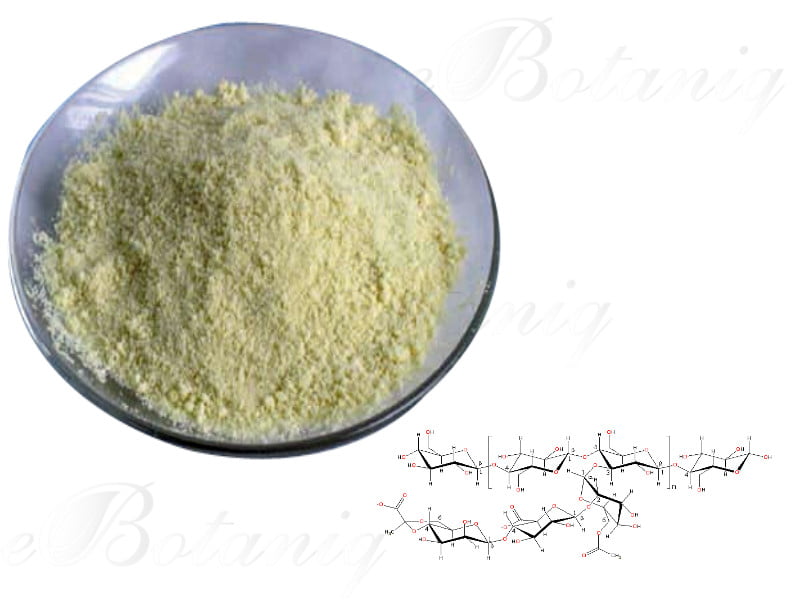
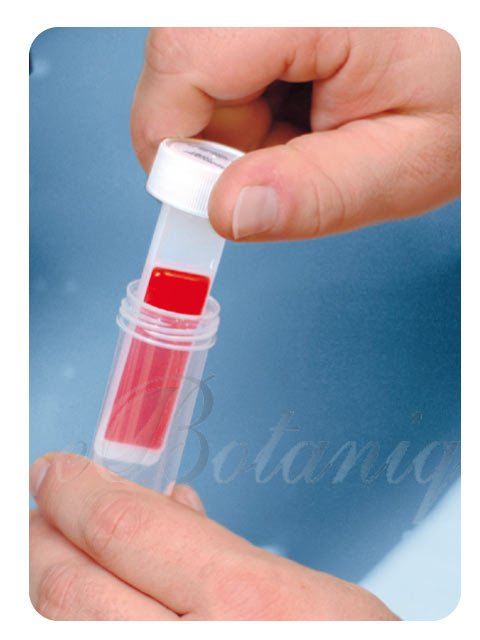
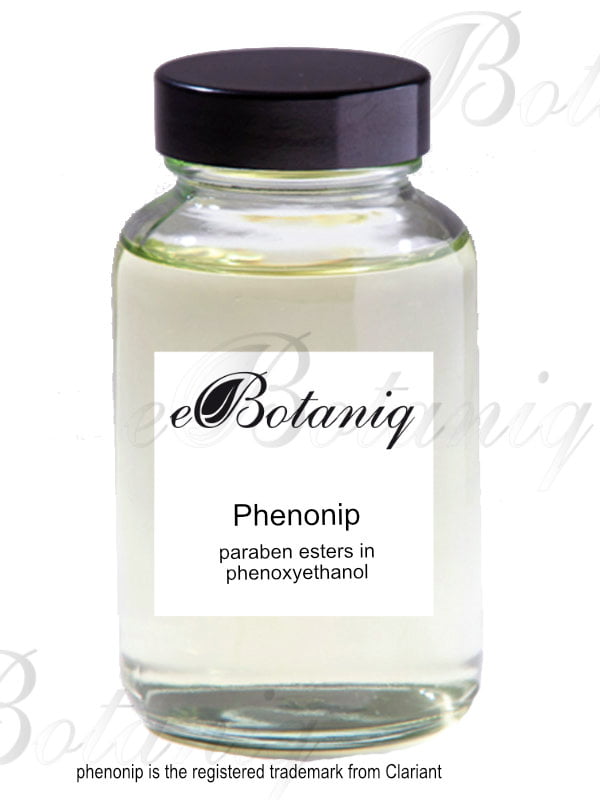
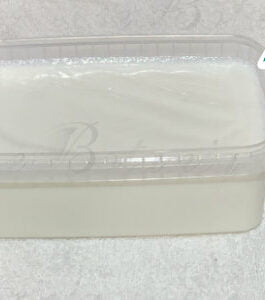
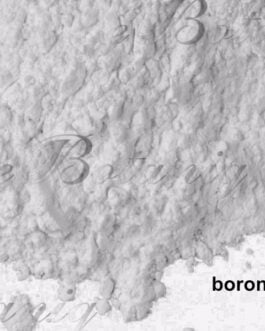

Reviews
There are no reviews yet.